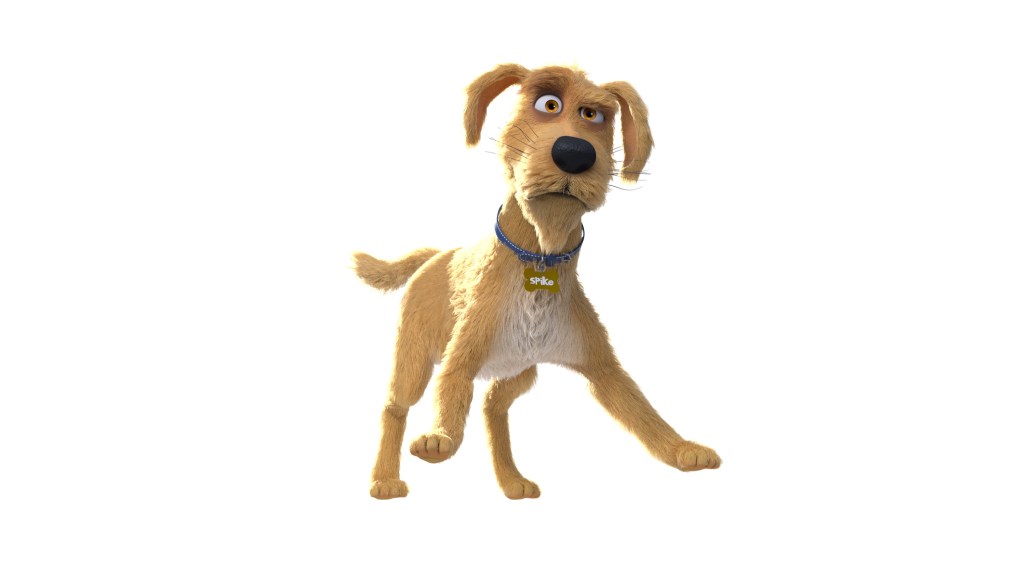
Signs
Recognizing the signs of diabetes is the first step in protecting your dog’s health
The clinical signs of diabetes are a result of higher than normal blood glucose. High blood glucose concentrations overwhelm the kidneys leading to spillover of glucose into the urine. This draws large quantities of water into the bladder which in turn causes diabetics to produce large volumes of urine. To compensate for this loss of water, diabetic dogs are often thirsty and will drink more than normal.
Glucose, an important fuel (energy source), is being lost from the body. So, diabetic dogs tend to be hungry and may eat more than normal but lose weight.
If any of these signs apply to your dog, make an appointment to discuss this with your veterinarian:

“I was going out to pee a lot. I didn’t think it was a big deal, but Sugar told me to go to my veterinarian– best decision ever!”
spike



